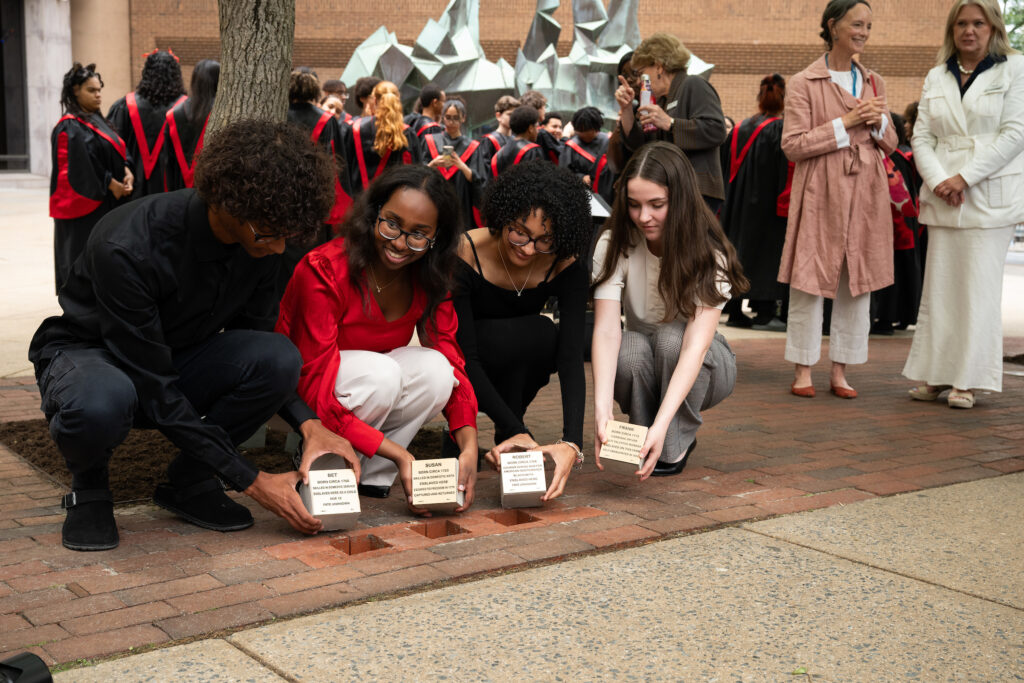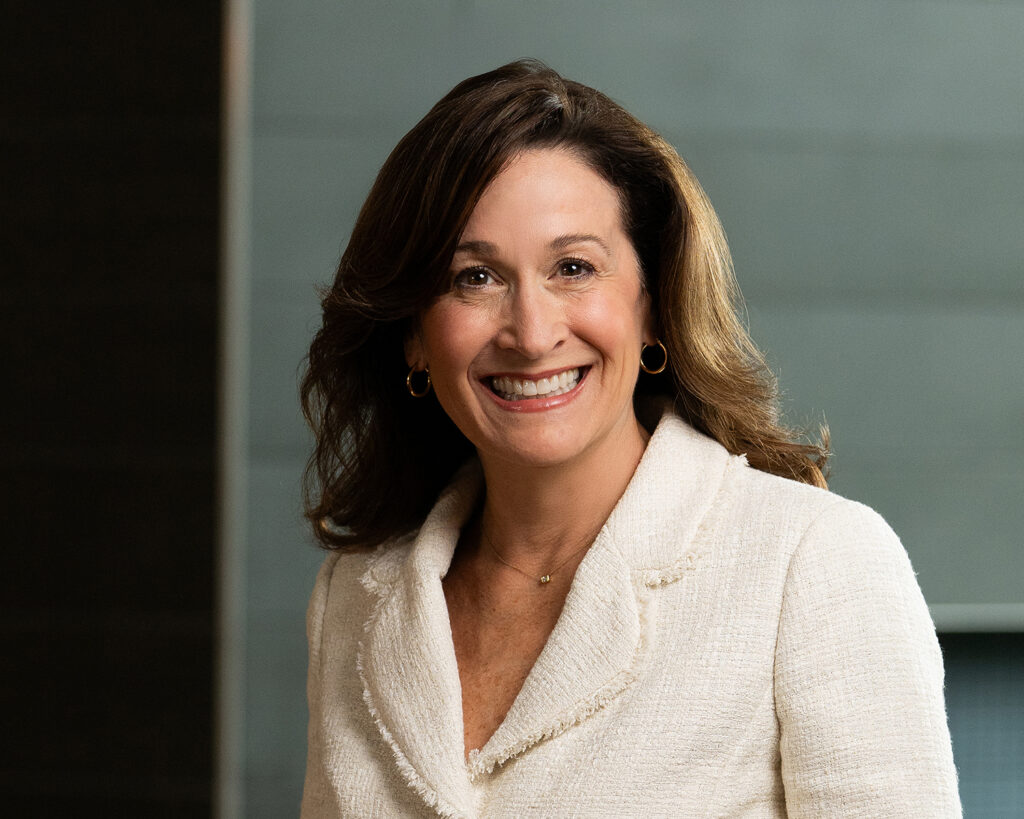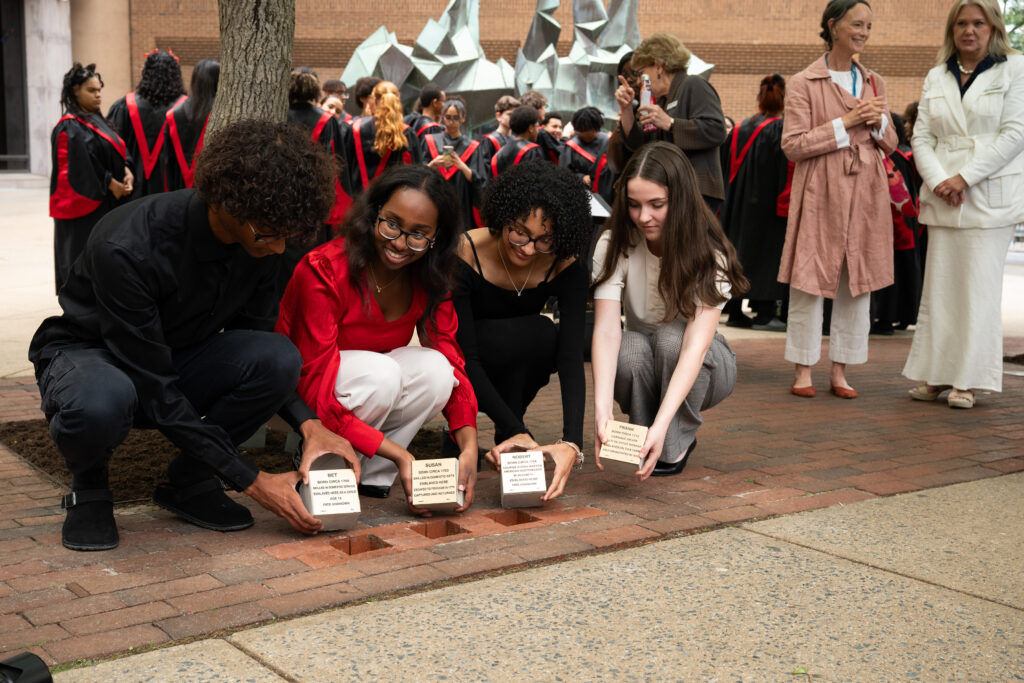As soon as the threat of COVID-19 began in early 2020, Willow Valley Communities announced that a special COVID-19 Response Team, including members of its Leadership Team, Infection Control Committee, and its Medical Director, would meet — and would continue to meet as needed — to review policies, best practices, and proactive measures to help mitigate risk to the community.
Below are some of the major steps Willow Valley Communities took to help limit the spread of the virus.
• Willow Valley Communities emphasized that Pennsylvania Governor Tom Wolf’s “Stay at Home” mandate, which ordered all individuals living within the state of PA to shelter at their place of residence, applied to Residents. Additionally, any public or private gatherings of any number of Residents occurring outside a single household or living unit were prohibited. We implemented a Tracking Resident Movement policy, which strongly encouraged limiting outings to truly necessary locations (such as grocery stores, pharmacies, and medical appointments) and strongly discouraged travel. The policy required that Residents needed to self-isolate for 14 days if certain conditions were met.
• Willow Valley Communities closed to visitors in all areas on both campuses.
• Willow Valley Communities closed venues and postponed or canceled programs, events, and trips in accordance with social distancing guidelines.
• We revised the traffic patterns on both campuses to increase security and further limit community access to only authorized persons.
• We instituted a screening requirement policy for any Resident leaving Willow Valley Communities’ property for any reason without exception. The policy stated that beginning Monday, March 23, 2020, all non-Resident individuals (including all Team Members, vendors, and contractors) who had access to our buildings would be screened daily at one of two designated checkpoints. At these checkpoints — one on the Manor Campus and one on the Lakes Campus — a strict screening process, including a series of questions and a temperature check, would be conducted. The checkpoints would be operational 24 hours a day, seven days a week.
• We instituted a requirement for everyone on Willow Valley Communities’ campuses to wear masks.
• We ceased all communal dining and started a meal delivery/ pickup service.
• We introduced grocery shopping and delivery service in order to limit Resident travel.
• Willow Valley Communities implemented enhanced housekeeping measures, and frequency, in all areas. Hightech sanitation technology was also purchased to be used in communities.
• We implemented additional restrictive measures for Willow Valley Communities’ Supportive Living environment. Residents had to remain within Supportive Living, and visitor restrictions included spouses who reside in Independent Living.
• We enhanced communications, creating a daily broadcast, Communiqués, and Resident Advisories. We also activated a dedicated COVID-19 web page (WillowValleyCommunities. org/Coronavirus) to serve as a central hub of information for Residents, Team Members, and families, including a questionand-answer (Q&A) function.
• Team Member education regarding proper hand washing techniques, proper use of gloves, the use of personal protective equipment, and other topics increased. Team Members started to meet “virtually” from their own offices via online conferencing software instead of in person.
Although many of these steps to keep Residents and Team Members safely distanced were necessary to limit the spread of COVID-19, Willow Valley Communities knew they couldn’t last indefinitely. We also needed a plan to safely re-engage everyone as much as possible, while still remaining vigilant and maintaining a focus on well-being.
On April 28, the first meeting of the official Re-Engagement Team occurred, though re-engagement had been discussed way before that. Craig D. Thompson, Executive Vice President of Residential Operations, said at the heart of the Social ReEngagement Plan was the idea that the process should be very purposeful. He explained that it was decided to take a very strategic, methodical, and phased approach to reopening. “That was best for protecting the health and safety of our Residents and Team Members,” he said. “We knew that our approach might be a ‘slower’ approach to reopening, but based on what history had taught, and what was happening with other countries that experienced COVID-19 much earlier, we felt this was the best approach to protect our Residents and Team Members.”
Because Willow Valley Communities has many segments within our community, the Leadership Team also researched a multitude of different types of businesses around the globe. Craig explained, “We selected what others were doing if it fit our process, and in other cases, we developed our own.” He also said that the ongoing re-engagement decision process is collaborative. “We openly brainstorm, discuss, offer suggestions and opinions, and question them, but at the end of each meeting, we collectively agree to a plan.”
“We have very good, very smart people here at Willow Valley Communities,” Craig affirmed. “And we put the brainpower and the horsepower behind each of the phases to ensure its success.”
Taking these strong, decisive steps has helped to mitigate the effects of COVID-19 at Willow Valley Communities, and reengage us safely. We appreciate the cooperation of all of our Residents and Team Members.
Together, we are #WillowValleyStrong!






